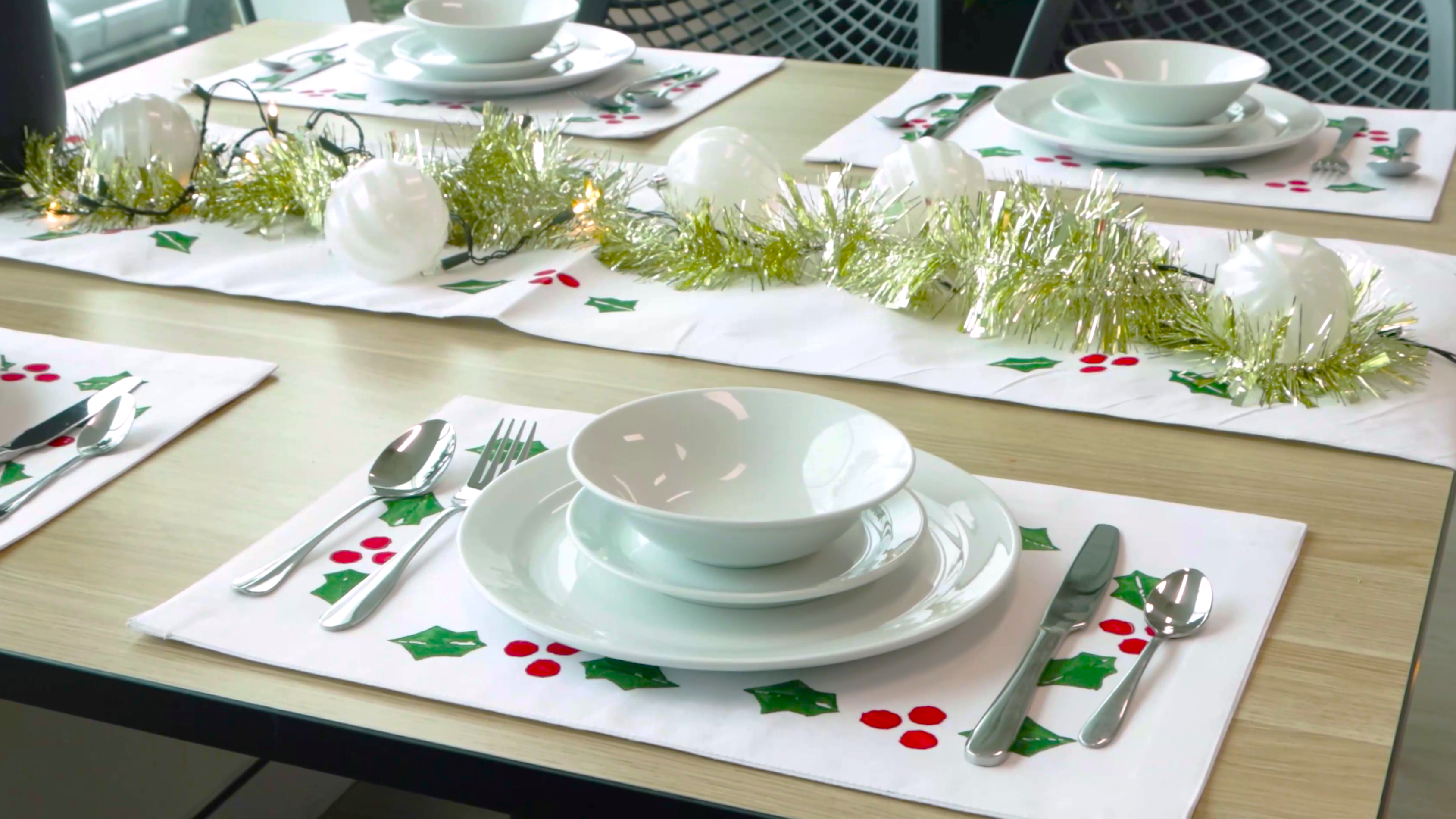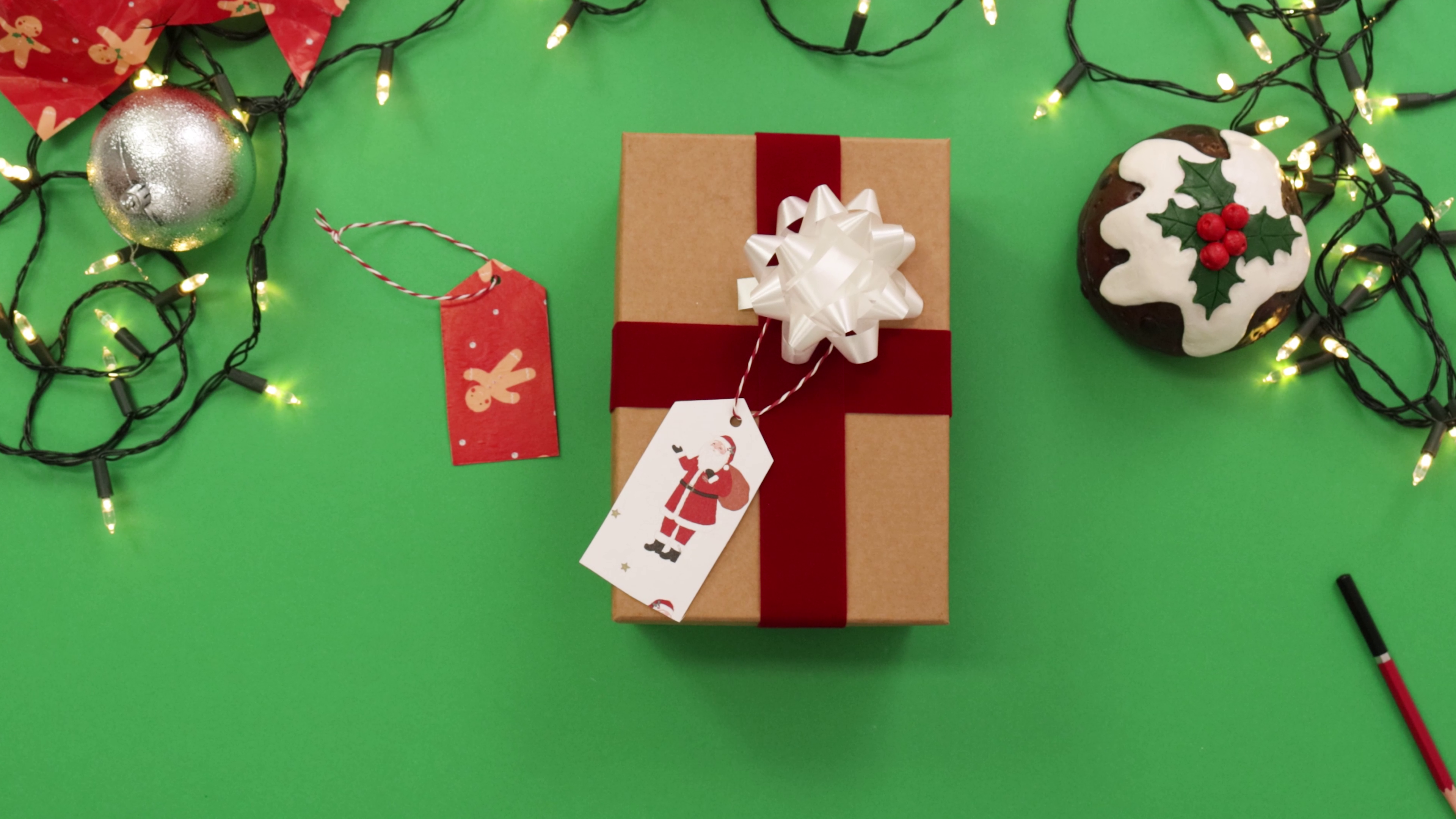Create a realistic giant bee acrylic painting
Bees are magical creatures, and in our latest lesson we paint a beautiful macro bee coming in to land on a daisy. We've used Mont Marte Satin Acrylic Semi Matte paint for this project, and the lesson covers a range of unique techniques essential for creating realistic work with a fast drying medium.
Step 1. Transferring the image.
Print out the image on page 8. Using a HB Pencil transfer the line work as closely to the original as you can. Alternatively you can use an over head projector or create a grid system and transfer it that way. What ever method you use, don’t start on the next step until you are happy with your transferred drawing.
Step 2. Tinting the canvas.
Tinting a canvas provides the overlaid colours with a warmth and the tone is used in the centre of the flower and the bee. For this project the tint colour is a mix of 1 part Burnt Sienna to 1 part Cadmium Yellow. Add a little water to the paint so it is the viscosity of cream and apply it over the whole canvas. Let this dry.
Ensure that when the tint coat is laid down, it is adequately thinned so the underlying drawing can clearly be seen beneath it. On the other hand ensure that you don’t thin it too much, causing the paint to well in the hollows of the canvas.
Step 3. Laying in the background.
The background is comprised of the sky and the clouds. To create the sky, squeeze out some Cerulean Blue and Phthalo Blue in 2 spots on a flat palette. Into each spot squeeze out some Mont Marte Retarder Gel to the ratio of 25% Retarder to 75% paint. Use a large artist brush ( I used a 50 mm Abstract Expression Brush). Start with the Cerulean Blue from the left side, cutting in around the flower as you go. Bring the colour across until you reach the middle of the canvas. Next start from the right side and move into the middle of the canvas. Take care to neatly cut around the Bee. When you reach the middle, blend the 2 Blues into each other. The blend doesn't need to be overly smooth, in fact you will find it looks better if it is patchy. Let this coat dry. The clouds are going to be dry brushed on, so squeeze an amount of Titanium White onto the palette. Charge the large Filbert Brush with paint and wipe off the excess onto a paper towel then apply the paint in circular motions. Build the cloud up slowly so that it is more opaque in the centre and the edges are softer. Don't make the clouds too uniform in regards to shape and size. Add smaller wispy clouds also.
Step 4. Painting the Daisy
The Daisy can be broken into stages; 1) the shadow, 2) The White of the petals, 3) the anthers, 4) the pollen and 5) the stem. Squeeze out some Paynes Grey, Phthalo Blue, Yellow Ochre, Cadmium Yellow, Titanium White and some Burnt Umber. First create a Mid Grey by mixing Titanium White and Paynes Grey in equal proportions with a touch of Phthalo Blue. Paint in the shadow areas of each petal with this colour. Next paint in the remaining areas of each petal with Titanium White. Dry brush over the Grey areas with Titanium White so the darks amalgamate. The many little stamen inside the flower are called the anthers these can be suggested with a series of neat spots created with a filbert Brush. Create this colour from a mix Cadmium Yellow and Yellow Ochre in equal proportions.
Step 4. Painting the daisy continued.
Ensure you watch the accompanying video as these ‘anthers’ need to be laid down in a specific order to effectively portray the spherical nature of the flower head. Continue the spots until you reach the edge of the flower head. Add 1 part Burnt Umber to the mix and continue these darker spots on the side of the flower head. Add some of the darker spots into the centre of the flower and sporadically over the head in areas. This helps tie it all altogether. Next, we can add the pollen. As we know pollen is Yellow, so add a spot of Cadmium Yellow on the top of each anther, spot this colour sporadically around the flower head also. The left section of the flower head is in deep shadow so add spots of Paynes Grey along this edge. The final stage is the stem, this can be created by laying in a thick coat of Yellow Ochre and whilst this is still wet, blend in some Mid Green and then Burnt Umber along the edge in shadow
Step 5. Undercoating the Bee.
The first step is the legs, these will be top coated but they require an appropriate body colour. So give these a glaze with a colour created from Burnt Sienna with a touch of Yellow Orange into the mix. Mix in a touch of water so the lovely warmth of the tint can be seen through the topcoat to an extent.
Bees are covered with many hair like filaments called setae. To achieve a realistic look to this coat, a darker undertone should be slightly visable so that the lighter hairs can sit on the top, and depth is suggested. The rule of thumb is to start with the darker tones first. So lay some Paynes Grey into the antennae, mandibles and the eye. Add a little White into the centre of the eye to create a soft Grey. Continue the Paynes Grey up to the top of the head. Suggest some setae with this tone and then paint in behind the head, the wing stem and then block in the central area of the body. Ensure to soften any edges by dry brushing. Lay in the stripes and then apply the Paynes Grey to the legs. For the lower portion of each leg dry brush it so that the undertone can be seen in parts. This suggests the slight translucence that their legs display.
Step 6. Top coating the Bee.
To top coat the Bee we be use some Lamp Black, Paynes Grey, Yellow Ochre, Burnt Sienna, Cadmium Yellow, Yellow Orange, and Titanium White. So squeeze this out and create a mix with Titanium White, a touch of Cadmium Yellow and a touch of Yellow Ochre. Using the finest brush start to lay in the fine hairs on the head. One good practice is to subtly vary the tone of paint you use to charge the brush. This creates a realistic variance to the coat. Take notice of the direction in which they would be situated. Start from the mandibles and work your way up over the head. I think its best to work in stages, so once the setae are all laid in to the head, go back in with some Lamp black and darken the appropriate areas. Next follow the same procedure on the thorax [body]. Once the setae is all in we can start on the abdomen [ the part with the stinger on the end]. Again we need to suggest a sense of translucence in the abdomen. Lay in a Yellow Orange glaze over the stripes between the Black stripes. Let this dry. Next, cover this Orange with a thin coat of Cadmium Yellow. We can now dry brush some Lamp Black over the Paynes Grey on the dark stripes.
Step 7. Detailing.
Good detailing can change a good work into an excellent work, and it really relies on critical observation. Bees wings move at a rapid rate so it is imperative that these be softly created with no hard edges to suggest movement. Create a mix with Titanium White and a touch of Burnt Umber. Charge the Large Filbert Brush and wipe off the excess onto a paper towel. Apply the paint with quick movements and follow the direction in which the wings lie. Ensure the edges are soft. Squeeze out some Cerulean Blue and use the Fine Brush again to bring it in to the setae around the perimeter of the Bee. Whilst the Blue is being applied, it can be used to clean up any edges around the legs and abdomen. Titanium White is used to suggest a shine line on the legs closest to the light source, and a highlight can be suggested with a small circular application on the wing stem (area where the wing joins the body). The highlight on the eye can be added also, this essentially follows the oblong shape of the eye.
Material List
- Abstract Expression Brush Premium - 25mm
- Plastic Brush Washer Signature
- Gallery Series Brush Set Acrylic 4pce
- Acrylic Brush Set in box 7pce
- Deep Well Plastic Palette Discovery 6 Wells
- Double Thick Canvas Premium 91.4 x 121.8cm (36 x 48in)
- Palette Knife Signature No.4
- Acrylic Retarder Premium 75ml (2.5 us fl.oz)





























